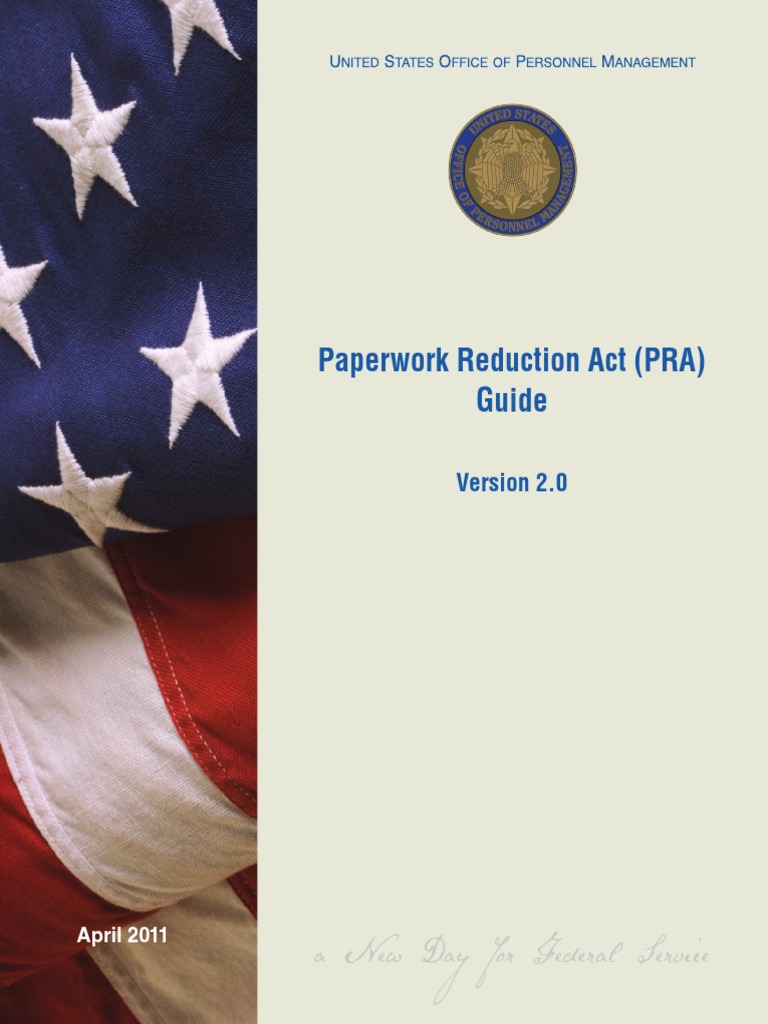Navigating Paperwork for ENT and Allergies: A Guide

Understanding the Medical Paperwork Landscape

Navigating medical paperwork can often feel like traversing a maze of confusion, especially when it comes to specialties like ear, nose, throat (ENT) and allergies. In this comprehensive guide, we will delve deep into the nuances of handling and understanding the paperwork associated with these medical fields. Whether you’re a patient trying to comprehend your treatment plan or a healthcare provider looking to streamline your administrative processes, this article aims to provide valuable insights.
The Importance of Organized Paperwork

Organized medical records are vital for several reasons: - Continuity of Care: Proper documentation ensures that all healthcare providers involved have a clear understanding of the patient’s medical history, allergies, and treatment progress. - Billing and Reimbursement: Accurate records are necessary for correct billing to insurance providers, facilitating timely payments and reimbursements. - Legal Compliance: Keeping thorough records helps in complying with healthcare regulations and can be critical during legal proceedings if disputes arise.

Types of Documents in ENT and Allergies

Before diving into the specifics, let’s outline some common types of documents one might encounter:
- Medical History Forms: These capture a patient’s past and current health issues, medications, and allergies.
- Consent Forms: Documenting patient agreement for treatments, procedures, or testing.
- Progress Notes: Updates on patient conditions, symptoms, and treatment responses.
- Prescriptions and Medication Records: Details of prescribed treatments and patient medication history.
- Allergy Testing Results: Documentation of allergy tests and their outcomes.
- Referral Documents: Forms or letters referring patients to other specialists or diagnostic facilities.
Here’s a simple table illustrating the document types:
| Document Type | Purpose |
|---|---|
| Medical History Form | Record patient's medical background and current health status |
| Consent Forms | Obtain legal consent for treatments or procedures |
| Progress Notes | Track patient progress and treatment outcomes |
| Prescriptions | List medications prescribed to the patient |
| Allergy Testing Results | Record of allergy tests and reactions |
| Referral Documents | Authorize patient referrals to other medical experts |

💡 Note: Keeping these documents well-organized not only simplifies your administrative tasks but also enhances patient care.
Steps to Efficient Paperwork Management

Efficient management of medical paperwork is not just about neat filing; it’s about creating systems that ensure accessibility and compliance. Here’s how you can manage your paperwork:
- Digitalization: Transition to electronic health records (EHR) to reduce physical storage needs and improve data sharing.
- Organization: Use a standardized naming and filing system for easy retrieval.
- Confidentiality: Ensure patient confidentiality by implementing HIPAA-compliant storage solutions.
- Regular Audits: Review your records periodically to ensure accuracy and completeness.
Tips for Patients

- Ask Questions: Understand why certain documents are necessary and what information they contain.
- Maintain Your Records: Keep personal copies of important documents for reference during consultations.
- Timely Submission: Submit forms and documents in a timely manner to avoid delays in treatment.
Tips for Healthcare Providers

- Implement Checklists: Use checklists to ensure all necessary documents are filled out correctly.
- Patient Education: Educate patients about the importance and contents of different forms to facilitate a smoother process.
- Use Technology: Leverage software solutions for automation, reminders, and digital signatures.

Common Challenges and Solutions

Keeping Track of Documentation

- Challenge: Paperwork can easily get lost or misplaced.
- Solution: Adopt an electronic system where documents are indexed and searchable. Consider cloud storage solutions for backup.
Compliance with Regulations

- Challenge: Ensuring all documents meet legal standards can be complex.
- Solution: Use templates provided by medical associations or software designed for healthcare compliance.
Patient Understanding and Engagement

- Challenge: Patients might not understand the importance of paperwork or fail to complete it properly.
- Solution: Provide clear instructions and perhaps interactive forms or videos explaining the documentation process.
Conclusion

Understanding and managing medical paperwork for ENT and allergies is not just about administrative efficiency; it’s a cornerstone of patient care. By organizing records, using technology effectively, and ensuring compliance, both patients and healthcare providers can navigate this complex landscape with ease. This guide has aimed to simplify the process, helping to create a more straightforward path through the paperwork maze, ensuring that quality care remains the focus.

What documents are most important for ENT and allergy treatment?

+
Medical history forms, consent forms for treatments or procedures, and allergy testing results are crucial for effective diagnosis and treatment in ENT and allergy care.
How can I keep my medical records safe?

+
Implementing electronic health records (EHR) with strong security protocols, regular backups, and compliance with healthcare privacy laws like HIPAA can keep your records safe.
Can I digitalize all my medical paperwork?

+
Most medical paperwork can be digitized. However, certain legal documents or originals might still need to be kept in physical form for specific reasons. Digitalization can streamline processes but check with regulatory bodies for specific requirements.